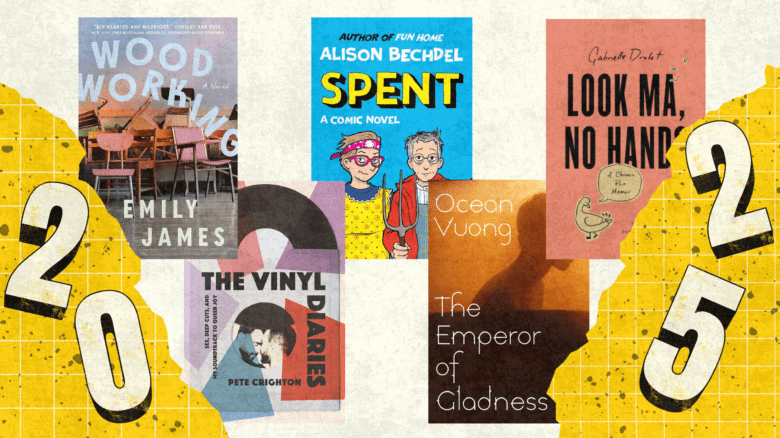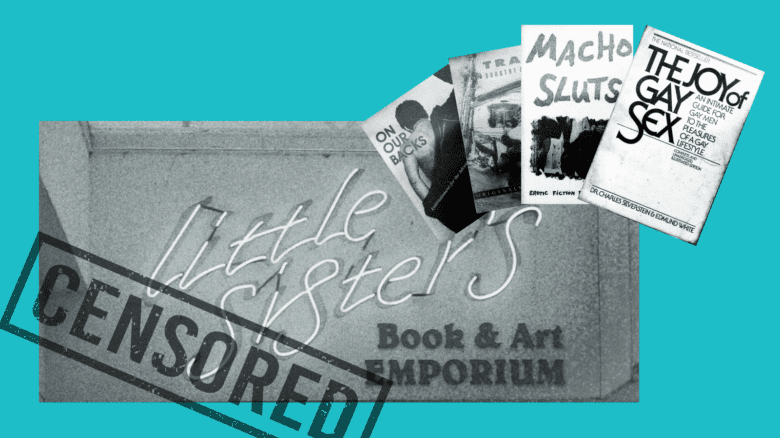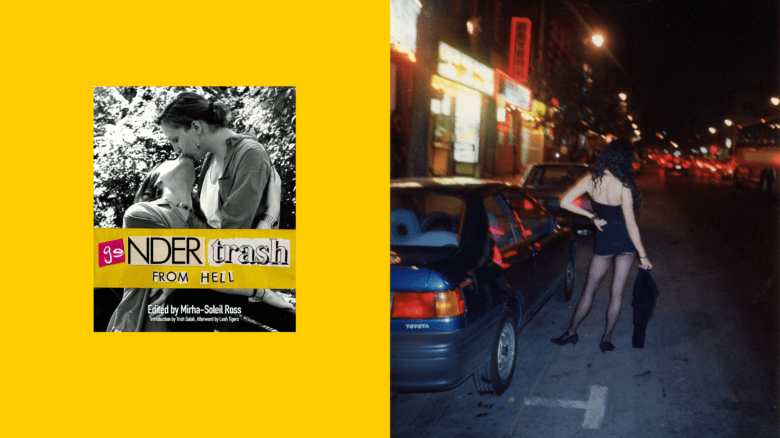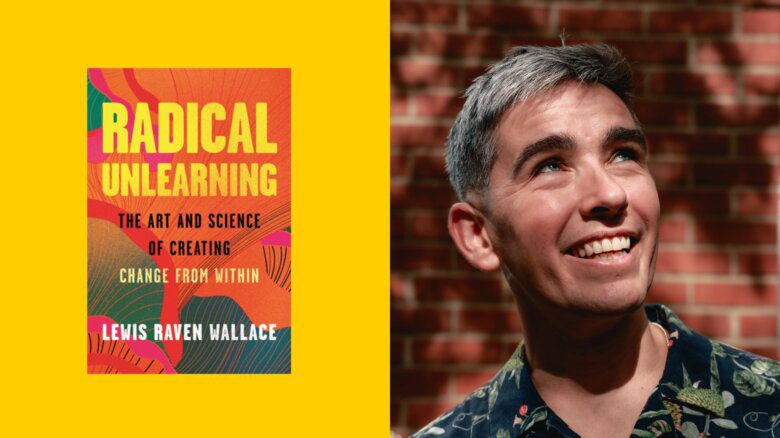The first time I heard an excerpt of Andrew Holleran’s novel Dancer from the Dance, I was in a canoe, paddling my friend John around a small lake in the Quebec countryside. It was the early 2000s and, at the time, my friends and I had this Labour Day weekend tradition: Queer Camp at a friend’s country house, complete with teams, tasks and competitions. That year John was my counsellor, and I was looking for brownie points. So, I agreed to take us around the lake, and he offered to read aloud the first few pages of the book I had brought for the weekend.
John had helped me pick out the book, too, months before. I hate to admit it, but in my 20s I wasn’t that well-read for an aspiring novelist. All throughout high school and CEGEP, Quebec’s pre-college studies, I was confronted with books that didn’t resonate. Sure, Dickens, Chaucer and Austen were masters, but there was something incongruous between the books being taught to me as classics and the future I wanted for myself as a writer. What would I even write about? I had only recently discovered queer literature, but there were so many titles, and I had little money to buy them. I didn’t know where to begin. Then, my friend John—who in many ways was my gateway to queer culture—took me to a used book sale at Montreal’s LGBTQ2S+ community centre and started chucking paperbacks into my arms. I left with a decent primer of queer classics, including Dancer.
The book was dog-eared and falling apart, a 25-year gap between its publication and it being in my hands. It stuck out from the others in my to-be-read pile—a topless, hirsute hunk in a pair of blue jeans with a preppy beige cardigan folded over his shoulders. Of the recent titles in my expanding library, it was the one book that my friends at camp spoke about like it was the Bible (Old Testament, of course). They all mused about how it had made them want to underline passages and write comments in the margins like, “So true!!”
That day at the lake, John read to me from the opening epistolary section of the novel—a series of witty, astute and racy letters written back and forth between two friends, one who had escaped city life to live with a lover among the azaleas and egrets in the Deep South, the other still on the hunt in the Lower East Side and writing a novel about it. Neither had names, each choosing to address and sign their campy correspondence in over-the-top fashion (“Yours in Christ, Madeleine de Rothschild”). Both had seen it all and been through the circuit countless times. There was a hunger behind their jadedness, something I recognized from my own dearest friendships. Each were sharing hilarious and honest updates on their lives while also musing over the “doomed” nature of gay existence.
“Suddenly, I had found the voice that I had been missing in literature, and it belonged to Andrew Holleran.”
It was enough to hook me. I can’t remember ever being as captivated by a book. Back on dry land, I tore through the yellowed Bantam edition I had in no time. Suddenly, I had found the voice that I had been missing in literature, and it belonged to Andrew Holleran.
Mainly set in New York City in the early 1970s, Dancer from the Dance (published in 1978) is about the timeless search for sex, love and connection among gay men. At its centre is Malone, a handsome every-man from the Midwest who one day no longer wishes to be “the man to whom nothing was ever to happen,” and abandons a tedious career in law to move to Manhattan and pursue one in love. His face, I imagined, was not unlike many of the faces that I, too, would see in gay bars in my 20s—men I would fall in love with, but never bring myself to acknowledge or talk to. I’m sure many of us have people like that in our past, and that’s who Malone stands in for in this novel. “For if Malone was, in the end, only a face I saw in a discotheque one winter,” writes Holleran, “he was somehow the figure on which everything rested.”
Through an omniscient narrator (more on that later), Holleran gives us Malone’s backstory in one perfect chapter. We see our hero pass from a small child chasing rabbits in Indiana to a religious youth in Ceylon daydreaming about his future to a prudish student in New England trying to fill his emptiness to, finally, a lonely law clerk in Washington enamoured by his landlady’s gardener. Through it all, we see Malone as the quintessential boy next door, one of the anguished thousands who, much like him, have tried hard to be dutiful sons and follow the paths set out for them, only to ultimately accept the call of desire and move to the big city.
In Manhattan, Malone quickly meets and falls in love with Frankie, an Italian transit worker who leaves his wife and kid to be with him. Making love day after day on a mattress in an empty loft overlooking the Hudson River, Malone finds purpose for the first time in his life. A New York now long gone is alive in these pages, granting those of us too young to have experienced it a chance to inhabit those glorious, pre-AIDS days of gay liberation. The story is dripping in sensory details and like us readers, Malone, too, falls for the city expertly described—and subsequently for all the men made available to him on its streets. After Malone is discovered being unfaithful, he is assaulted by Frankie and flees into the night. It’s here where he meets and befriends Sutherland.
The character of Sutherland is, in my opinion, one of the greatest creations in modern literature. A crazed, pill-popping drug dealer with a wicked tongue and a penchant for wearing women’s clothing, Sutherland steals the show. From showing up at the baths with a wicker basket of pâté, apricots and chicken breast to mixing daiquiris and picking up the phone only to answer, “I’m sorry, I have to keep this line open for sex,” before slamming it back down, he provides the novel’s most hilarious moments, not to mention some of its most profound. (I often think of how he describes love as being “the mutual support of two mature people involved in separate quests for self-realization.”)
“The character of Sutherland is, in my opinion, one of the greatest creations in modern literature.”
Sutherland quickly takes Malone under his wing, and together these two opposites—one who is idolized in love, the other who is denigrated—form a strange bond. All Malone wants to do is settle down and find the love that lasts beyond the morning, and Sutherland agrees to help him. From the cold winters dancing at the Twelfth Floor to the hot summers cruising the beaches of Fire Island (“the only antidote to death we have”), we follow Malone on his search and become witness to the complexities and contradictions of gay life. Malone’s quest can almost be seen as a crusade; the text is ripe with religious imagery and themes. With the devotion he commands from those in the scene, Malone himself is a bit of a Christ-like figure. I guess that would make Sutherland his Mary Magdalene and we the disciples of love.
I say “we” because, in a way, we are the narrators of Dancer. Holleran never really makes it clear who is telling this story. Our omniscient narrator knows all about Malone and Sutherland’s lives, recounting everything from a close third-person perspective. But then suddenly an “I” is dropped right into a scene and we realize that there is indeed another person in the room. The narrator might be a bartender seeing Malone at a party, or working at a dress shop that Malone and Sutherland have just walked into. He’s there on New Year’s Eve when Malone’s arm gets broken and he’s also sitting beside Malone and Sutherland in an East Village park while Sutherland records audio of the men having sex in its bushes. At times, he even moves from the “I” to the “we,” recounting the tale as almost a chorus might, and then we too become implicated.
Ultimately, we’ll never know if the narrator was intended to be one person or many (and I’m not sure I want to know), but this light touch, this question it places in our brains about authorship, remains one of my favourite aspects of the novel. Dancer’s title comes from Yeats’ poem “Among School Children,” which includes the line “How can we know the dancer from the dance?” It’s basically asking us to be skeptical about what we’re reading. Is Malone who we think he is, who he appears to be in the clubs, parties and bathhouses we see him navigate? Can we ever truly know someone we meet in such a superficial world? What’s real? What’s invention?
I think the title is also a wink to the idea of autobiography. Is Dancer Holleran’s life story? How can we know the writer from the writing? For instance, Andrew Holleran’s real name is Eric Garber. He created the pseudonym when Dancer was about to be published to keep his literary and private life separate (although he is public about his real identity). Holleran was famously part of a group of gay writers called The Violet Quill, who met a handful of times between 1980 and 1981 to share and critique each other’s work. Among the seven, three would go on to write some of the most important books of the post-Stonewall era (Holleran, Felice Picano and Edmund White). The remaining four (Christopher Cox, Robert Ferro, Michael Grumley and George Whitmore) also wrote significant works, but were sadly taken away from us too early to have had the chance to make the same impact. (If you want to know more, see if you can get your hands on a copy of The Violet Quill Reader.)
“The book made me realize that my generation of queers, who came of age in the ’90s, didn’t invent anything—it was all already going on long before I discovered I was gay and that Montreal had a village.”
Of the three alive today, Holleran is the least prolific but dare I say the most talented. He’s published four novels, one book of short stories and two collections of essays. His last novel came out 13 years ago, and I have to say I almost screamed when I learned that there is a new one coming this summer.
I think the reason I love Holleran’s work so much is because of that voice I first heard camping with my friends. The book made me realize that my generation of queers, who came of age in the ’90s, didn’t invent anything—it was all already going on long before I discovered I was gay and that Montreal had a village. Even though the book was set in the early ’70s, I felt like Dancer could have been talking about my own Saturday nights, my own desires, my own friendships. How was Holleran able to pry open my head like that and look inside? Every thought clearly rendered, every comma in the right place. It made me want to be a better writer.
And like all the other “doomed queens” in the novel, dancing was my drug, too. But whereas Malone and Sutherland had the Twelfth Floor and Fire Island, I had K.O.X. and Provincetown. When Holleran writes about men getting up to dance to Patti Jo singing, “Make me believe in you / Show me your love can be true,” I’m jumping up, too, but it’s to Robin S. demanding “Show me love,” or Madonna confessing that “My baby’s got a secret.”
I do wonder what tunes today’s youth might hear in these pages, a generation for whom the bars are not the central social circle that so many of us older queers desperately relied upon for sex, love and friendship (it may have been shallow at times, but it sure was a lot of fun). Would they find Sutherland’s casual racism and misogyny too off-putting? Or find it hard to relate to the unrelenting purgatory these characters are stuck in?
Those frantic days are long gone for me (as they might also be for Holleran), but they all come rushing back in an instant while reading these pages. And as he writes, “Any memory of those days is just a string of songs.” I encourage you to listen.
Is Dancer from the Dance one of your cultural touchstones? Join the Xtra Community and share your thoughts below.
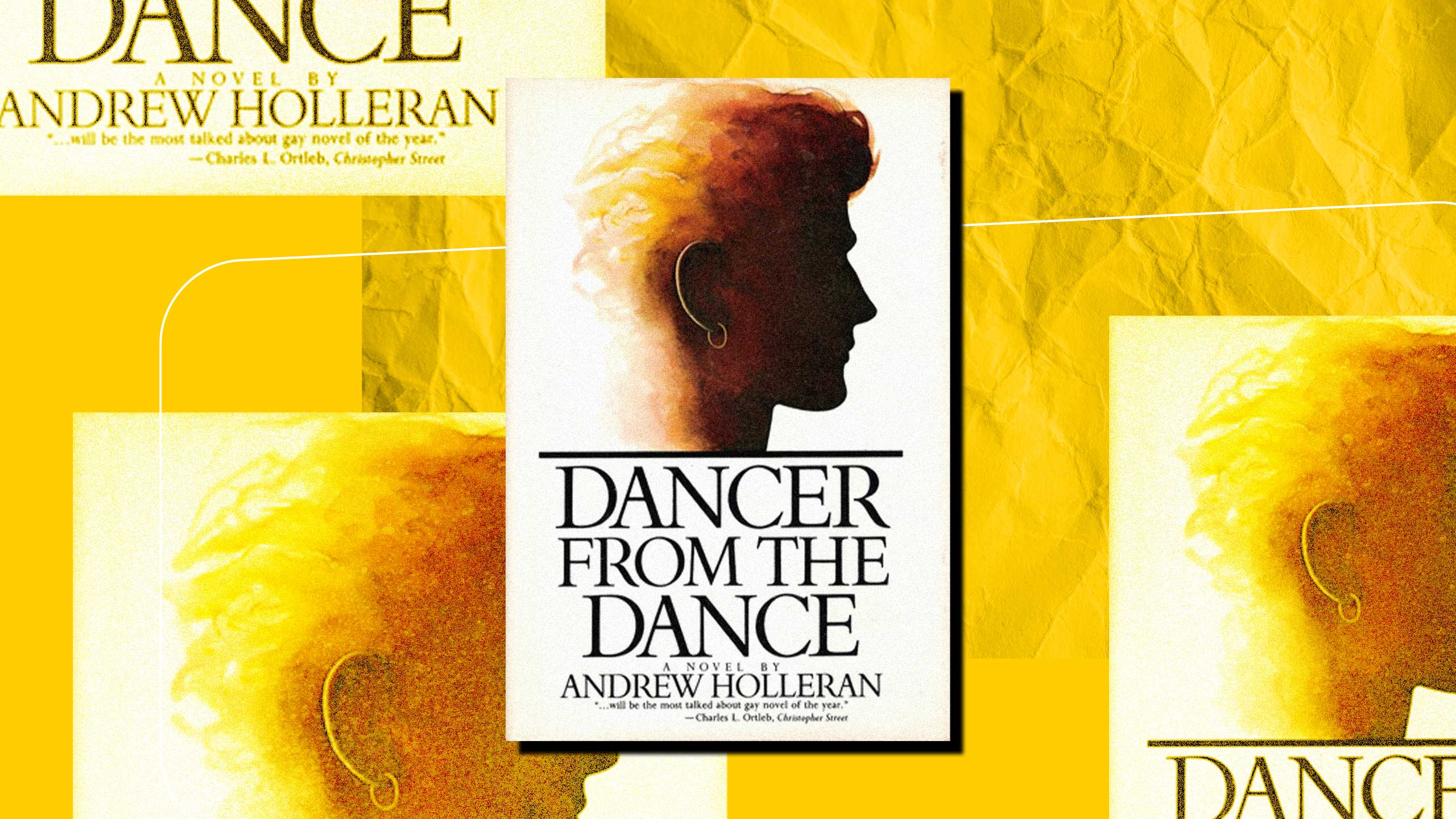
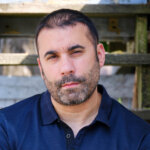
 Why you can trust Xtra
Why you can trust Xtra